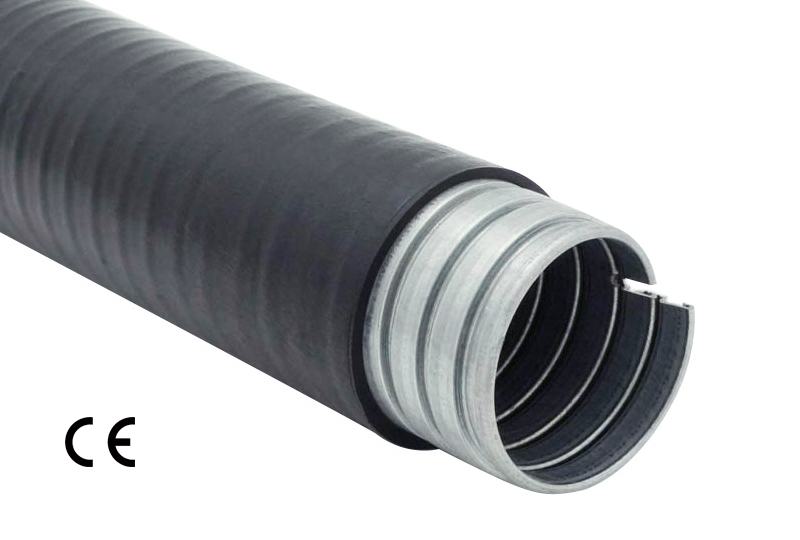May. 20, 2023
Waterproof flexible metal conduit is a versatile and durable solution for protecting electrical wiring in various applications. It provides a high level of protection against moisture, chemicals, and physical damage. This installation guide will walk you through the steps involved in properly installing waterproof flexible metal conduit.
Gather the necessary tools and materials:
Waterproof flexible metal conduit (pre-cut to the required length)
Connectors, fittings, and couplings specific to the conduit size
Conduit straps or hangers for support
Appropriate tools such as a hacksaw, screwdriver, drill, and wrenches
Electrical tape and cable ties for securing the conduit and wiring
Safety equipment including gloves and safety glasses
Plan the conduit route:
Before starting the installation, plan the path for the conduit, considering factors such as the location of electrical devices, outlets, and switches. Identify any obstacles or obstructions that may require adjustments to the conduit route. Ensure compliance with local electrical codes and regulations.
Cut and prepare the conduit:
Measure the required length of the waterproof flexible metal conduit using a tape measure. Mark the cutting points with a pencil or marker. Use a hacksaw to make clean, straight cuts through the conduit. After cutting, remove any burrs or sharp edges using a file or conduit deburring tool.
Install connectors and fittings:
Attach connectors and fittings to the ends of the conduit to allow for easy connection to junction boxes, electrical devices, or other conduits. Follow the manufacturer's instructions for the specific type of connector or fitting being used. Ensure that all connections are secure and properly tightened.
Mount conduit supports:
Install conduit straps or hangers at appropriate intervals to provide support and secure the conduit in place. The spacing between supports will depend on the conduit size and the requirements of local codes. Use mounting hardware suitable for the surface where the conduit will be installed, such as screws, anchors, or clamps.
Thread and pull the wires:
If not already done, thread the electrical wires through the conduit before attaching it to the connectors. Ensure that the wires are properly sized for the conduit and that they are rated for the intended electrical load. Use cable lubricant to ease the pulling process and reduce friction. Pull the wires through the conduit carefully to avoid any damage.

Flexible Metal Conduit Water Proof - PAG23PVC Series
Connect conduit to junction boxes or electrical devices:
Position the conduit ends over the connectors or fittings attached to junction boxes or electrical devices. Ensure a proper fit and alignment. Tighten the screws or fasteners to secure the conduit in place. Use locknuts or sealing washers to maintain the waterproof seal at the connection points.
Seal conduit joints:
Apply appropriate sealing compounds or waterproof tapes at conduit joints and fittings to ensure a watertight seal. Follow the manufacturer's instructions for the specific sealing products being used. Proper sealing is crucial to maintain the integrity of the waterproof flexible metal conduit system.
Secure and support the wiring:
Use cable ties or electrical tape to secure the wires inside the conduit, especially near junction boxes or electrical devices. This will prevent excessive movement and strain on the wiring. Ensure that the wires are properly organized and not excessively packed inside the conduit.
Test the installation:
Once the installation is complete, perform a thorough inspection to ensure all connections are secure, the conduit is properly supported, and the wiring is not damaged. Test the electrical system to verify that power is flowing correctly and that all devices are functioning as intended.
Remember to consult local electrical codes and regulations during the installation process to ensure compliance and safety. If you are unsure about any aspect of the installation, it is recommended to seek assistance from a qualified electrician or professional installer.

















